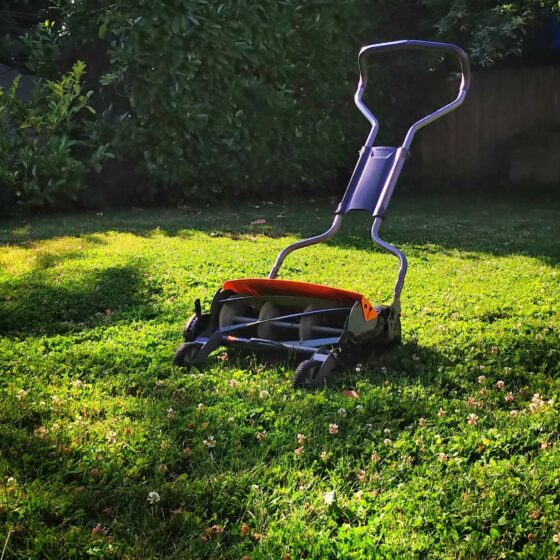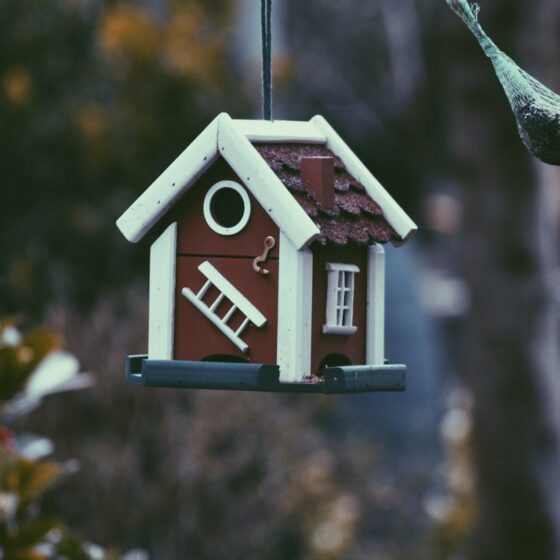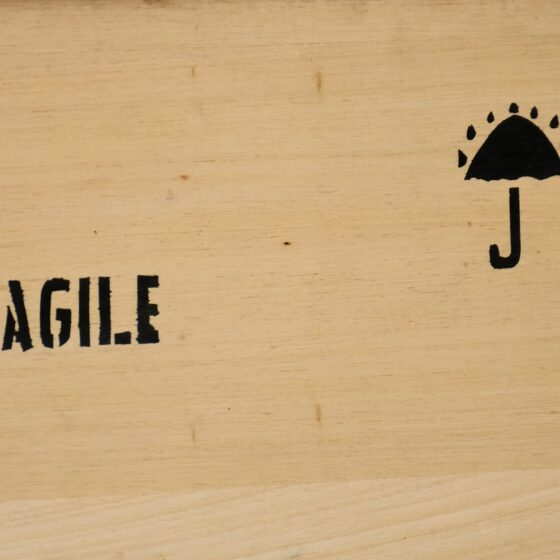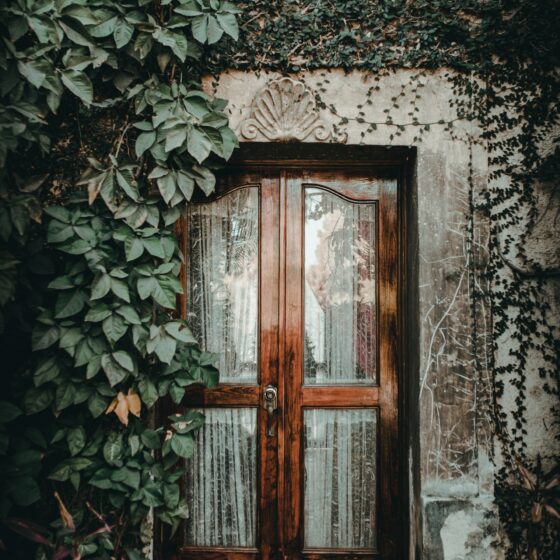Feng Shui is an ancient Chinese practice for achieving harmony between a person and their surroundings to get the most out of their life. It relies on nature and its forces. If you’d like your home to be more comfortable, you need to learn more about Feng Shui elements and their effects on our mood and energy levels.
The 5 Elements of Feng Shui
You can probably guess most of the five elements, as they’re essential to daily living, but let’s list them just in case:
- Water
- Wood
- Metal
- Earth
- Fire
Feng Shui divides the world into these five elements. The elements further correspond to colors, and also directions, which are both essential for deciding on the organization and decor of your living space. If you have a room that just feels a bit itchy, you might need to go ahead and balance the elements in it. But, more on that later. First, we’ll go over each of the elements in detail.
Water Elements in Feng Shui
Water represents calmness, but it’s also the element of emotion. With the right amount of water in the rooms of your home, you can expect wisdom and inspiration. On the other hand, if there is too little water in your space, you can feel loneliness, isolation, and stress.
Water Element Shapes
Shapes imitating the flow of water, which are predominantly wavy and curvy, are what you need to incorporate if you want to balance out the elements in your home. Water is all about movement, so anything reminiscent of that will work out perfectly.
Water Element Colors
The Feng Shui water element is, obviously, represented by blue. As a color, blue symbolizes trust and knowledge, but it can also stand for the unknown. With blue, you can create a mysterious ambiance or create a calm atmosphere where knowledge flows—pun intended! Black is also associated with water, and its meaning is often intertwined with that of blue. For example, black implies intelligence, wisdom, and mystery. Of course, many more Feng Shui colors have something to do with water, but black and blue are the primary ones.
Bringing the Water Element into Your Home
All 5 Feng Shui elements must be balanced for you to achieve the ideal living space. Luckily, introducing water to create balance in your room is easy peasy:
- Add reflective surfaces, anything from mirrors to glass.
- Add wavy and asymmetrical forms through furniture, decor, and accessories.
- Add artwork that features water.
- Add water through things like fountains and aquariums.
- Add the colors blue and black in the form of accessories, materials, art, or furniture.
Wood Elements in Feng Shui
Wood is all about creativity and originality, and it also relates to spirituality and calmness. You can also harness its power for new growth by bringing it to your home. It’s easy, and you don’t have to remodel. When learning how to balance Feng Shui elements, it’s important to remember that you can start small, and add just a bit of the wood element in each room.
Wood Element Shapes
Wood is represented by rectangular and columnar shapes. Therefore, anything that resembles a rectangle or a column can bring the wood element into your room. This can be anything from dressers and tables, to artwork and other decorations.
Wood Element Colors
The color typically associated with wood is green, which stands for growth and vitality, as well as peace.
Bringing the Wood Element into Your Home
To balance the Feng Shui elements and colors, you need wood, and here are small ways to make sure your space has the right amount of it:
- Add green items (anything green is okay).
- Add columnar and rectangular shapes and stripes.
- Add floral prints and plant-based materials.
- Add plants.
- Add art showing plants, flowers, nature, and landscapes.
- Add things made of wood: furniture, picture frames, and other accessories.
Metal Elements in Feng Shui
In Feng Shui, the metal element is all about logic and mental clarity. Therefore, this element can positively affect your focus and organizational skills, as well as enhance your analytical abilities.
Metal Element Shapes
If you want more metal in your room, you want more circular shapes. This can be anything from round tables to other small accessories that are the right shape. Even artwork that features circles works perfectly.
Metal Element Colors
Metal is represented through colors such as white, beige, and silver. Such colors can balance out your space without being too overwhelming. Plus, they stand for innocence and purity.
Bringing the Metal Element into Your Home
Decorating with the five elements of Feng Shui is not tough at all, generally, but metal makes things super easy, as it’s the building material for most household objects. But in case that’s not enough for a proper balance, here are some extra ways to keep your home sufficiently metal:
- Add metal furniture and accessories (silver, gold, iron, aluminum).
- Add round decor and furniture.
- Add silver, gold, white, or beige elements.
Earth Elements in Feng Shui
When talking about Feng Shui and its 5 elements, earth is all about physical strength. Having a home filled with earthen items and materials can bring stability to your personal and family life. Earth works well with the wood element, so balancing those two will make you feel grounded.
Earth Element Shapes
Earth is all about square decor! For example, you could add a square-shaped coffee table or plenty of square frames for artwork on an empty wall. It’s the little things!
Earth Element Colors
The Feng Shui earth element is represented by all shades of yellow. Yellow is all about abundance, so having this color in your space can liven it up and improve your mood.
Bringing the Earth Element into Your Home
As with all the elements, you won’t need to renovate your entire home:
- Add earth-toned furniture or accessories.
- Add flat surfaces.
- Add images of landscapes.
- Add square shapes.
Fire Elements in Feng Shui
We’ve gone through most of the elements of Feng Shui, so it’s time to start the fire! This element will improve your leadership skills and increase your enthusiasm if used correctly. Boldness and inspiration will come right along in a space enriched by the fire element.
Fire Element Shapes
According to the Feng Shui Bagua elements division, triangles and stars are for fire! You can add these shapes in the form of furniture, artwork, accessories, or even lighting. Also, if you bring actual fire in the form of a fireplace and candles, you’ll be that much closer to reaping its benefits.
Fire Element Colors
It’s not hard to guess that red stands for fire, is it? Red represents energy and strength, and it can give your room a sense of warmth like no other shade could. What’s more, it can bring passion into your life! The Feng Shui elements chart tells us purple is another color you can add for proper balance. Though not as powerful as red, purple is still fiery, but has a calming effect, too.
Bringing the Fire Element into Your Home
Maybe you think you need to have a fireplace to have the fire element in your space. As mentioned, that will most definitely work, but it’s far from the only option:
- Add candles and allow more sunlight.
- Add shades of red and purple to your space.
- Add some animal prints.
- Add electronics (anything like phones, TVs, and other gadgets).
Balance the Five Elements Through Colors, Shapes, and Directions
We’re talking about how to balance the 5 elements in Feng Shui, so that you can use those principles when redecorating or renovating your home. After all, the latest statistics show that most homes in the US are old and need remodeling. However, even if you’re not planning to renovate, you can still bring the five elements into your home by introducing a few key details.
It’s not just about balancing the colors and shapes related to earth, water, metal, fire, and wood. It’s about the directions, too!
According to Feng Shui, elements, directions, and colors need to work together: Some colors and shapes associated with a particular element cause problems when pointed in a specific direction.
- You already know the earth colors in Feng Shui, and let’s not forget the flat, square shapes, either. However, if you decide to add these, you shouldn’t place them in the north or south areas of your home.
- Wood is usually added through green, rectangular, and columnar objects. Now, if you’re trying to decorate according to Feng Shui, the southeast needs colors that are attuned to wood and earth, and the same goes for shapes. In other words, the best place for rectangular and columnar shapes is the southeast side. It’s also great to add such forms in the east area, but avoid placing them in the north, south, and northwest regions.
- Fire is embodied in warm colors, as well as triangular shapes. Red is an excellent addition to your Feng Shui southwest colors! On top of that, it’s great to add those triangles in this area, as well as the south side. But, it’s best to avoid these colors in the west, northwest, and east areas.
- You already know that the Feng Shui metal colors are white, beige, and silver, and that the shape of metal is circular. You should strive to add these details in the north, west, and northwest areas. But you don’t want to add such figures in the east and southwest.
- Wavy and curved shapes are for water! The north, southeast, and east corners of your home will love the colors and shapes of this element. Southwest, west, northwest, and northeast – not so much!
Hopefully, this helps you understand how Feng Shui elements, directions, and colors work together. These tips don’t just work for indoor spaces, either—you can remodel your backyard to go along with Feng Shui principles too.
Having Too Much or Too Little of an Element
Adding Feng Shui elements in home design is excellent. Of course, you can have too much of a good thing, so too many objects representing a particular element in a specific area can result in adverse side effects. The same goes for not having enough of an element present in your living space. Let’s see why exactly striking the right balance is so important:
- Water: Having too many water-related things can drown you in emotions the element is representative of. For example, you may feel overly social or overwhelmed. Having too little water can make you lack empathy, and you may feel stressed and isolated.
- Wood: The perfect balance of the five elements in Feng Shui is what we need, so too much wood in an area may lead you to feel stubborn and inflexible. However, too little wood can result in a lack of creativity and even depression.
- Metal: Too much metal will make you chatty, and you may start criticizing everything around you. You may even begin speaking without considering your words first. Lack of focus and cautiousness is what comes with too little metal.
- Earth: Feng Shui and the five elements need their equal space. That’s why too much earth in a room will make you bored and sluggish, even lazy. On the other hand, you will find yourself wanting for organization and focus if there is too little of this element.
- Fire: Anger and aggression will be the first to surface in an area with too much fire. After all, this element is all about passion. On top of that, you may act on impulse. If there isn’t enough fire in a room, you’ll feel low self-esteem and emotional coldness.
Japanese Feng Shui
Yes, Feng Shui is Chinese, but there are Japanese Feng Shui elements, too. The Japanese equivalent is called Kanso, and it’s a part of the broader philosophy of Wabi-Sabi. Kanso is about simplicity, decluttering, and striving to express things in a simple, plain manner.
Conclusion
Hopefully, understanding the five elements of Feng Shui can bring positivity, peace, warmth, harmony, and love into your life. You can change every room with small things, just follow the steps and create a home unlike any other you’ve had in your life!
FAQs
How do I find my Feng Shui element?
Feng Shui elements and personality are tightly linked in this philosophy. All personalities consist of all five elements, but one element is dominant, and that is your personal elemental archetype. Nowadays, you can easily find out which one is the most pronounced in your personality through quizzes on the web.
How do you balance your 5 elements?
No formula will help you balance the five elements. The best thing to do is follow the instructions about which elements and colors best suit a particular direction in your space, and never overdo any one of them.
What are the 5 basic elements?
The five Feng Shui elements are water, wood, metal, earth, and fire. Each of them stands for a different thing and has its own colors, shapes, and directions.
How do you use the 5 elements?
The five elements can bring you a harmonious life and a happy home. Using them is not challenging. You just need to have colors and shapes associated with each of the five elements in all your rooms while bearing in mind that they need to be facing the correct direction. The Feng Shui elements might even end up revolutionizing your life.













